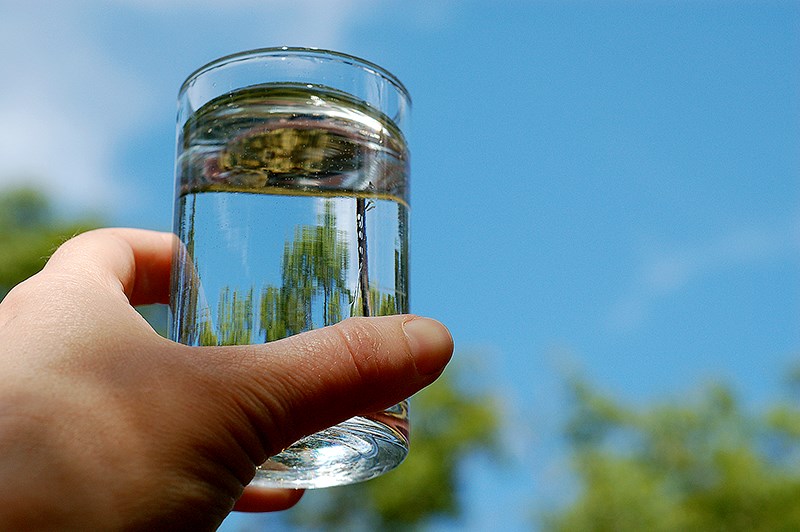We discharge human waste, animal waste and chemical substances into the environment at such a rate that even some of our largest lakes and river systems, including the Great Lakes and the St. Lawrence River, are severely compromised in maintaining water quality sufficient to sustain aquatic life.
In light of our exceptionally hot dry summer, we need to conserve not just the quantity of water we consume but its quality too.
Humans tend to think of water in terms of its uses. Is this lake safe to swim? Is this water safe enough to drink?
Scientists determine water quality by the types and amounts of substances dissolved and suspended in the water, and what effects those substances have on living organisms. It is the concentrations of these substances that determine the water quality and, therefore, its suitability for different purposes.
Drinking water, for example, is regulated by stringent guidelines to protect human health. Lack of such guidelines can lead to various health problems.
Our ongoing land development activities, however, combined with our daily consumption habits affect the quality of water both near and far since we consume goods and services from around the world.
And every process requires water, resulting in wastewater.
WATER FACTS
Here are some facts about water quality:
• Roughly 57% of Canadians are served by wastewater treatment plants (versus 74% of Americans, 86.5% of Germans and 99% of Swedes).
• In developing nations, 80% of diseases are water-related.
• 26% of Canadians rely on groundwater for domestic use.
• One drop of oil can render up to 25 l of water unfit for drinking.
• One gram of lead in 20,000 l of water makes it unfit for drinking (older homes often contain plumbing made of lead or soldered in lead, which can then leach into water).
• One gram of 2,4-D (a common household herbicide) can contaminate 10 million litres of drinking water.
• One gram of PCBs can cause up to one billion litres of water to be unsuitable for freshwater aquatic life.
• Fertilizer nitrates promote excessive algal and aquatic plant growth in freshwater systems, reducing available oxygen for other forms of life (e.g., fish).
WATER TIPS
Now, here are some practices we can adopt to help protect our water:
• Use non-hazardous household and garden products. Look for the Environmental Choice EcoLogo (industries.ul.com/environment) and ask retailers for environmentally benign options. Check out www.planetnatural.com/product-category/natural-pest-control for lots of great information.
• Use natural products to clean your house and laundry. A few drops of Castile soap in a bucket of hot water does wonders for surfaces and floors. Diluted white vinegar is all you need to shine glass surfaces and disinfect the bathroom. And bicarbonate of soda provides the right amount of natural abrasion to do sinks, toilets and tubs. For laundry, try Mission’s VIP unscented soap products.
• Avoid mainstream lotions and potions. Many skincare products (shampoos, soaps, moisturizers, antiperspirants, etc.) contain chemicals that are toxic in cumulative quantities and fragrance is often a petrochemical product. With every shower, these foreign substances make their way into our aquatic environment. Check out the David Suzuki Foundation’s information at www.davidsuzuki.org/issues/health/science/toxics/dirty-dozen-cosmetic-chemicals.
• Volunteer with local stewardship groups to help restore and preserve streams, wetlands and riparian areas. Mother Nature has proven her resilience when given the chance to restore her vital ecosystem services — the marvellous means by which living organisms (plants, bacteria, etc.) work together to purify our air, soil and water.
• Encourage your city council to promote low-impact development (LID) by adopting corresponding policies. By addressing stormwater runoff close to the source, LID can enhance the environment and protect public health while saving developers and local governments money. See www.nrdc.org/water/pollution/storm/chap12.asp for details.
--Melissa Chaun of Port Moody is an ecologist with a passion for all things sustainable. She began her environmental career in the U.S. and has a certificate in Sustainable Community Development. She volunteers on various city committees and is currently co-ordinating the monthly meetings for Tri-City Greendrinks. Her column runs monthly.



